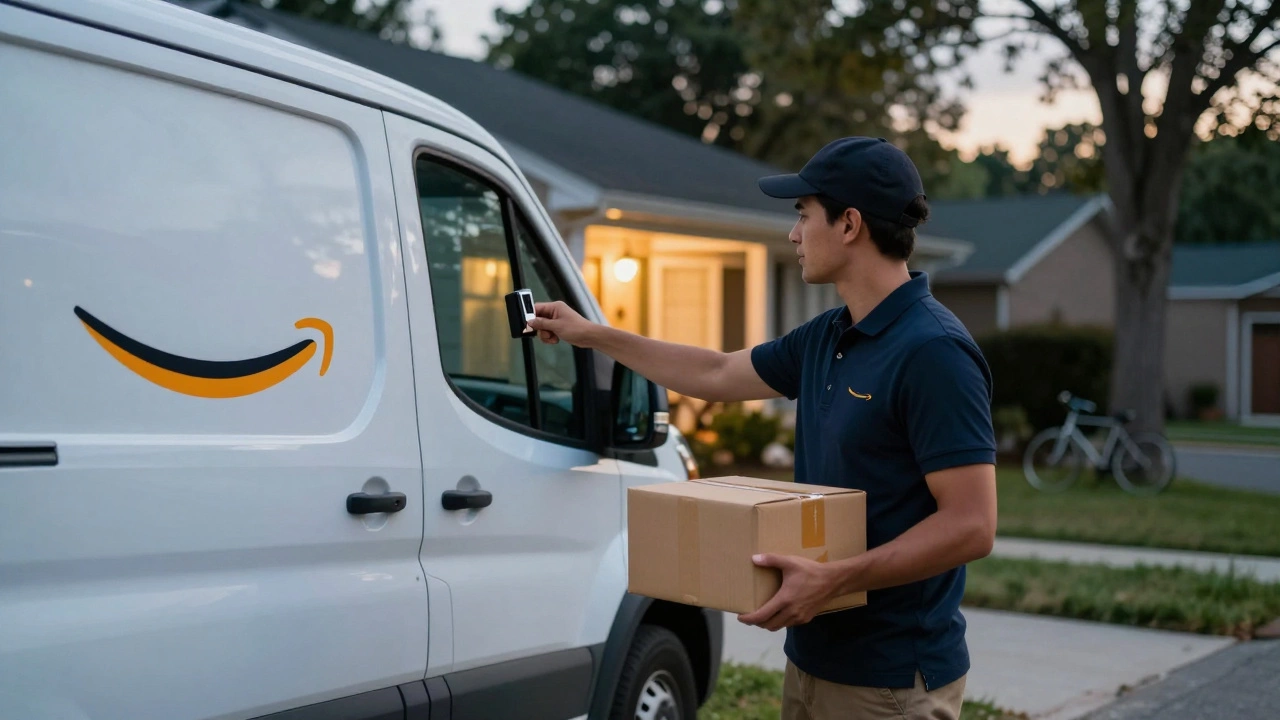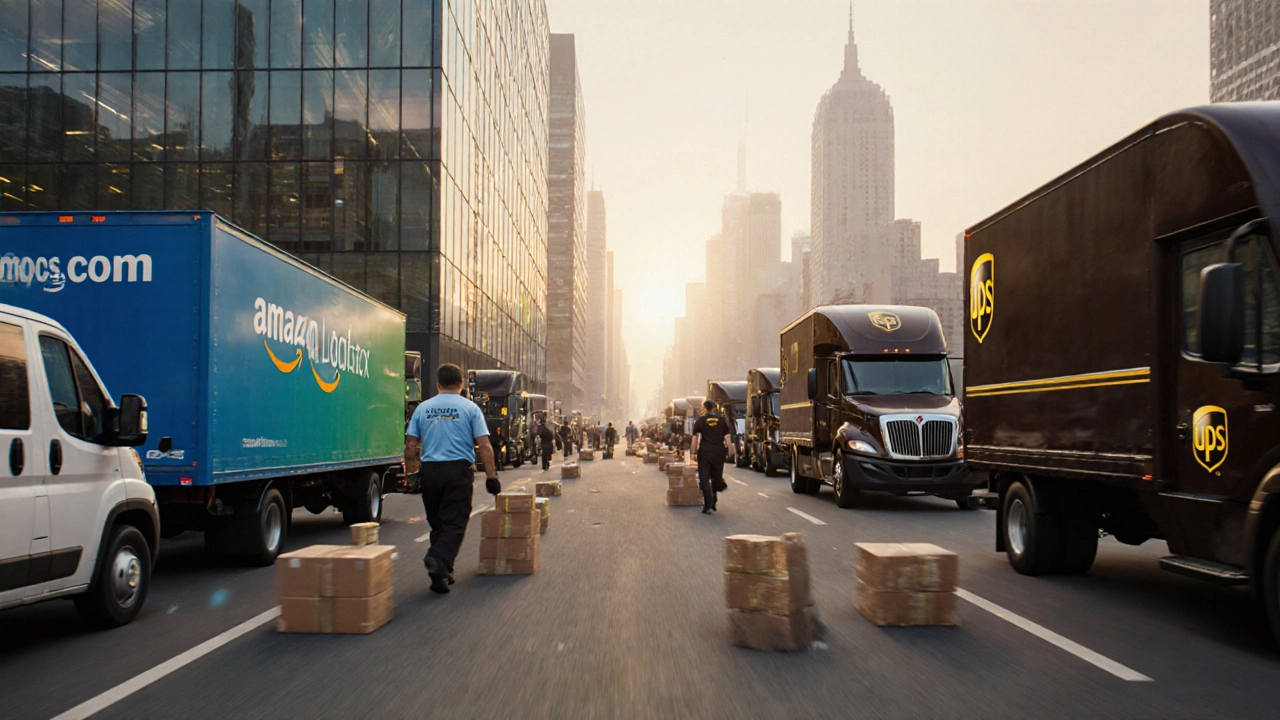Amazon logistics: costs, tools, and how it all fits together
When working with Amazon logistics, the massive network that moves millions of parcels from sellers to buyers every day. Also known as Amazon delivery network, it blends technology, transportation and warehousing to get orders on doorsteps fast. The financial side shows up in Amazon logistics startup costs, the upfront expenses for vehicles, insurance, software and warehouse space, which shape how quickly a new operation can launch. To keep every package on track, companies rely on a Warehouse Management System, software that coordinates inventory, picking, packing and shipping in real time. Finally, a freight forwarder, a specialist that handles international moves, customs and bulk freight often bridges the gap between overseas manufacturers and Amazon’s fulfillment centers. Together these pieces create the backbone of Amazon logistics.
Key components that drive the Amazon logistics engine
Amazon logistics encompasses last‑mile delivery, the final step that brings a package to a customer’s doorstep. That stage depends heavily on reliable courier services that can meet tight windows, especially in dense urban areas. The choice of courier influences delivery speed, cost and customer satisfaction, so businesses must match their service level with order volume. Meanwhile, startup costs dictate how many vehicles, drivers and warehouses a new player can afford, directly affecting coverage and scalability. A well‑chosen Warehouse Management System reduces errors, speeds up order processing and provides data that helps cut those costs over time. Freight forwarders, on the other hand, handle the ocean and air legs, ensuring pallets arrive at the right hub without customs delays.
When you line up these elements, a clear cause‑and‑effect chain appears: high startup costs can limit early coverage, but a strong WMS can offset that by optimizing routes and load plans, which in turn reduces the load on courier partners. Freight forwarders influence the overall timeline by speeding up cross‑border moves, which feeds into the Amazon logistics schedule and lets couriers focus on the last‑mile sprint. In practice, businesses that balance investment, technology and partner selection see faster delivery, lower refunds and happier customers.
Below you’ll find articles that break down each part in detail – from how to calculate Amazon logistics startup expenses, to picking the right warehouse software, to working with freight forwarders and choosing courier services that fit your needs. Whether you’re just starting out or looking to fine‑tune an existing operation, the posts ahead give practical steps, real‑world numbers and tips you can apply right away.


